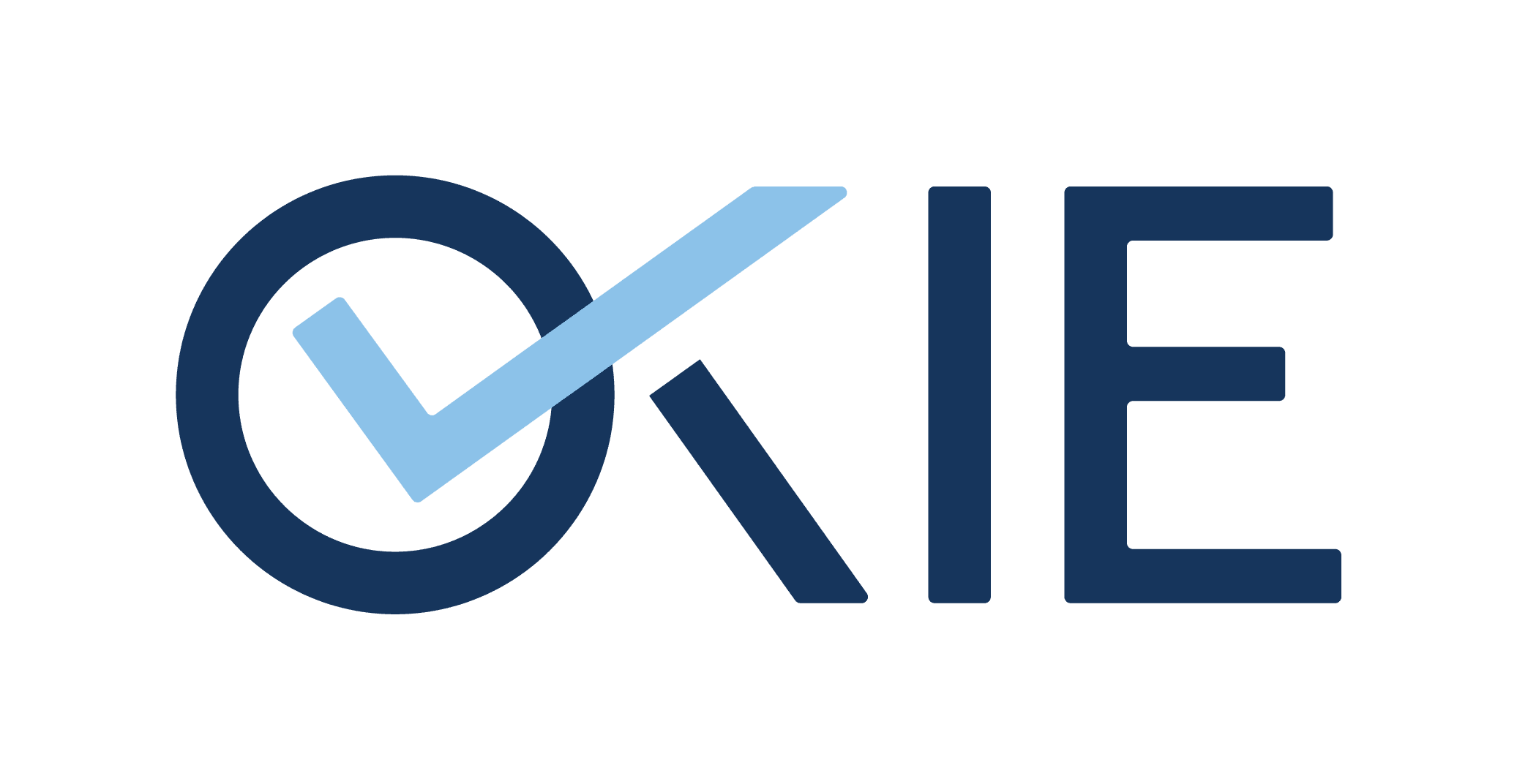A leading turbine manufacturer, Vestas, has announced a groundbreaking initiative to commercialize a new technology. This technology promises to recycle thermoset composite bonds within three years. The consortium, including chemical company Olin, aims to scale up a novel chemical disassembly process into a viable commercial solution.
Creating a Circular Economy for Wind Turbine Blades
The primary objective of this initiative is to create a circular economy for wind turbine blades, encompassing both existing and future production. Epoxy-based turbine blades, which have been the industry standard for several decades, present a considerable recycling challenge due to their durable and non-biodegradable nature. Traditional disposal methods, such as landfilling or incineration, are not sustainable and contribute to environmental degradation. The newly developed technology addresses these issues by efficiently recovering and reusing materials from decommissioned blades.
This breakthrough involves a novel chemical disassembly process that breaks down the epoxy resin, allowing for the extraction of valuable raw materials. These materials can then be repurposed to manufacture new turbine blades or other high-performance composite products. By closing the loop on blade life cycles, this technology significantly reduces waste and conserves natural resources.
Additionally, the initiative aims to mitigate the environmental impact associated with the wind energy sector. As the first generation of wind turbines reaches the end of their operational life, a surge in blade disposal is anticipated. This new approach not only provides a sustainable solution to this impending issue but also sets a precedent for other industries reliant on epoxy-based composites. By fostering innovation and collaboration, the initiative paves the way for a greener, more sustainable future in renewable energy and beyond.
A Commitment to Innovative Epoxy Systems
Olin, a key player in this initiative, emphasizes its commitment to the wind energy sector. Verghese Thomas, Vice President of Epoxy Systems and Growth Platforms at Olin, expressed excitement about the project. “We are proud to support the massive expansion in wind energy worldwide. Our unique technologies will help recover molecules and convert them into new epoxies for wind turbine blades.”
Furthermore, The wind energy industry is facing a significant sustainability challenge. Thousands of wind turbines are nearing the end of their operational life. This situation presents a massive opportunity for recycling and repurposing composite materials. Henrik Grand Petersen, Managing Director of Stena Recycling Denmark, highlighted this opportunity. “We see this solution as a chance to make wind energy even more sustainable and circular.”
Increasing Demand for Sustainable Solutions
In this 3ra, it is advised to use energy as efficiently as possible due to the predicted acute shortage of resources. WindEurope predicts that around 25,000 tonnes of turbine blades will reach the end of their operational life annually by 2025.
This creates a pressing need for effective recycling solutions. The consortium’s new technology will enable the production of new turbine blades from reused materials. This process not only supports sustainability but also promotes economic efficiency.
The focus is now on scaling up the chemical disassembly process to a commercial level. This involves developing the technology to handle large volumes of turbine blades. Once mature, this solution will allow the wind energy industry to recycle epoxy-based composite materials on a large scale.
Potential Beyond Wind Energy
The implications of this technology extend beyond the wind energy sector. The chemical disassembly process could be applied to other industries using epoxy-based composites. This includes the automotive, aerospace, and construction industries. The development of this technology marks a significant step towards a broader circular economy.
Moreover, the success of this initiative relies on collaboration between multiple stakeholders. Vestas, Olin, and Stena Recycling are working together to bring this innovative solution to market. Their combined expertise and resources are crucial for overcoming the technical and logistical challenges involved.
Pioneering Sustainable Material Solutions
Verghese Thomas of Olin emphasized the importance of this partnership. “We are excited to bring our expertise to this partnership and realize breakthrough sustainable material solutions for wind blades.” The consortium’s efforts will help address the growing demand for sustainable materials in the wind energy sector.
The commercialization of this technology will bring significant economic and environmental benefits. Recycling turbine blades will reduce waste and decrease the need for new raw materials. This will lower production costs and minimize the environmental impact of wind energy.
A Vision for the Future
The development of this recycling technology aligns with the broader vision of a sustainable future. It supports the transition to a circular economy, where materials are continually reused and recycled. This approach is essential for reducing the environmental footprint of various industries.
The consortium led by Vestas and Olin is poised to revolutionize the recycling of wind turbine blades. Their innovative chemical disassembly process promises to create a circular economy for epoxy-based composite materials. This development represents a significant advancement in sustainability for the wind energy sector and beyond. By transforming waste into valuable resources, the consortium is paving the way for a greener and more efficient future.













